Overview
This article provides a comprehensive guide to pocket knives, covering their definition, history, types (including EDC, tactical, multi-tools, and various locking mechanisms), essential factors for choosing one (like blade material and handle design), and maintenance tips for optimal performance. Understanding these aspects will help you select the perfect pocket knife for your needs.
Frequently Asked Questions
1. What are pocket knives?
2. What are the different types of folding knives?
3. What should I consider when choosing a pocket knife?
4. How do I maintain a pocket knife?
5. What are some common blade mechanisms found in folding knives?
When it comes to versatility and convenience, pocket knives stand out as effective tools suitable for various tasks. Whether you're an outdoor enthusiast, a crafting aficionado, or someone who simply appreciates quality tools, understanding the different types of pocket knives can enhance your experience. In this article, we'll dive into the specifics of folding knives, their unique features, and how they can serve your needs. With the right knowledge, you'll be more equipped to choose the ideal pocket knife that fits your lifestyle.
What are Pocket Knives?
At the core of every outdoor adventure or daily task lies a trusty pocket knife. Pocket knives, often referred to as folding knives, are compact tools designed to fold into themselves for easy transport and storage. Their practicality lies in their multifunctionality; these tools are capable of tackling a myriad of chores—from cutting rope to opening packages.
The History of Pocket Knives
The evolution of pocket knives dates back thousands of years. Initially, these tools were rudimentary, often made from stone or bone. As civilization progressed, so did the design and function of these knives. The introduction of folding technology brought about greater safety and portability, allowing users to carry them in their pockets effortlessly. Today, pocket knives are more sophisticated, with numerous styles catering to various needs.
Types of Folding Knives
Folding knives come in a myriad of types, each designed with specific functions in mind. Let's take a closer look at the most common varieties:
Everyday Carry (EDC) Knives
Everyday Carry (EDC) knives are designed for daily tasks and emergencies. These folding knives are compact and easy to handle, making them ideal for opening boxes, cutting rope, and performing everyday chores. EDC knives are often featured with simple, reliable locking mechanisms that ensure safety during use.
Tactical Folding Knives
Tactical folding knives combine advanced functionalities with a rugged design. Often utilized by military personnel, law enforcement, and outdoor adventurers, these knives come with serrated edges, multiple blade styles, and assist opening features. They’re designed for reliability in high-stress situations.
Multi-Tools
Multi-tools are sophisticated folding knives that incorporate several features beyond just a single blade. They often include various tools such as screwdrivers, pliers, can openers, and more—all packed into a compact folding design. A great choice for those who appreciate having multiple tools available in one unit.
Lockback Folding Knives
Lockback folding knives incorporate a locking mechanism that secures the blade in place when in use. This design offers added safety and stability, making these knives suitable for a range of tasks from hunting to outdoor activities. The unique locking system is typically activated by a switch located on the back of the handle.
Liner Lock Folding Knives
Liner lock folding knives feature an internal liner that holds the blade in place when deployed. This design allows for quick one-handed opening and closing—making it a favorite among many knife enthusiasts. Liner locks provide reliability and ease of use in various situations.
Essential Factors When Choosing a Pocket Knife
With a plethora of folding knives available, choosing the right one can be overwhelming. Here are some essential factors to consider:
Blade Material
The blade material determines the knife's sharpness, durability, and resistance to corrosion. Common blade materials include stainless steel, carbon steel, and high-carbon stainless steel. Each has its pros and cons, so consider your intended use when selecting the appropriate material.
Blade Shape
Different blade shapes serve various purposes, ranging from general cutting to slicing and piercing. Some popular blade shapes include:
- Drop Point: Perfect for general use and versatile tasks.
- Clip Point: Features a pointed tip for precision cutting.
- Spear Point: Ideal for piercing tasks.
- Serrated: Excellent for cutting through tough materials.
Size and Weight
Size and weight play a critical role in portability and ease of use. A lighter folding knife is easier to carry daily, while a larger blade can handle more demanding tasks. Consider how you anticipate using your knife to determine the perfect balance of size and weight for your specific needs.
Handle Design
The handle of the knife is not merely for aesthetics; it greatly impacts your grip and control during use. Different materials—such as G10, aluminum, or wood—can offer various degrees of comfort and grip. Ergonomics should be a top priority, especially if you plan to use the knife over extended periods.
Understanding Blade Mechanics
The functionality of folding knives is primarily linked to their blade mechanics. Knowing how these mechanisms work is crucial for selecting a pocket knife that will perform optimally. Here are some common blade mechanisms:
Slip Joint
Slip joint knives do not have a locking mechanism. The blade is held in place by a spring tension that allows for easy opening and closing. While not as secure as other mechanisms, they are lightweight and simple to use—making them a popular choice for many.
Frame Lock
A frame lock works by utilizing part of the handle as a lock to secure the blade in an open position. This design is robust and is favored by many tactical knife users for its reliability.
Button Lock
Button lock folding knives feature a button that releases the blade from its locked position for opening and closing. These knives are often characterized by quick deployment and ease of use, making them suitable for demanding applications.
Care and Maintenance of Pocket Knives
To ensure lasting performance and safety, proper maintenance of your pocket knife is crucial. Here are some maintenance tips to keep in mind:
Regular Cleaning
After each use, it’s important to clean your knife to prevent dirt and debris buildup. Use a mild soap and warm water to scrub the blade gently using a soft cloth or brush. Avoid using abrasive substances that could scratch the blade's surface.
Oiling the Mechanism
Regularly apply a few drops of knife oil to the pivot point of the foldable blade. This keeps the mechanism functioning smoothly and prevents rust accumulation.
Sharpening the Blade
Keeping the blade sharp is essential for optimal performance. Consider using whetstones or sharpening tools to maintain the blade's edge. Remember, a sharp knife is not only effective but safer as it requires less force to cut through materials.
Ready to Choose Your Perfect Pocket Knife?
Armed with the knowledge of various types of folding knives and essential factors for selection, you're now well-prepared to choose a pocket knife that meets your needs. Each style, blade material, and mechanism has unique features waiting to be explored. Take your time to understand the different options, and remember that the best pocket knife is one that fits your lifestyle and tasks best. Whether you’re venturing outdoors, tackling daily tasks, or indulging in hobbies that require precision, there's a perfect folding knife designed just for you.
So, are you ready to embark on your pocket knife journey? Dive into the world of knives, explore your choices, and find the folding knife that resonates with your daily adventures!


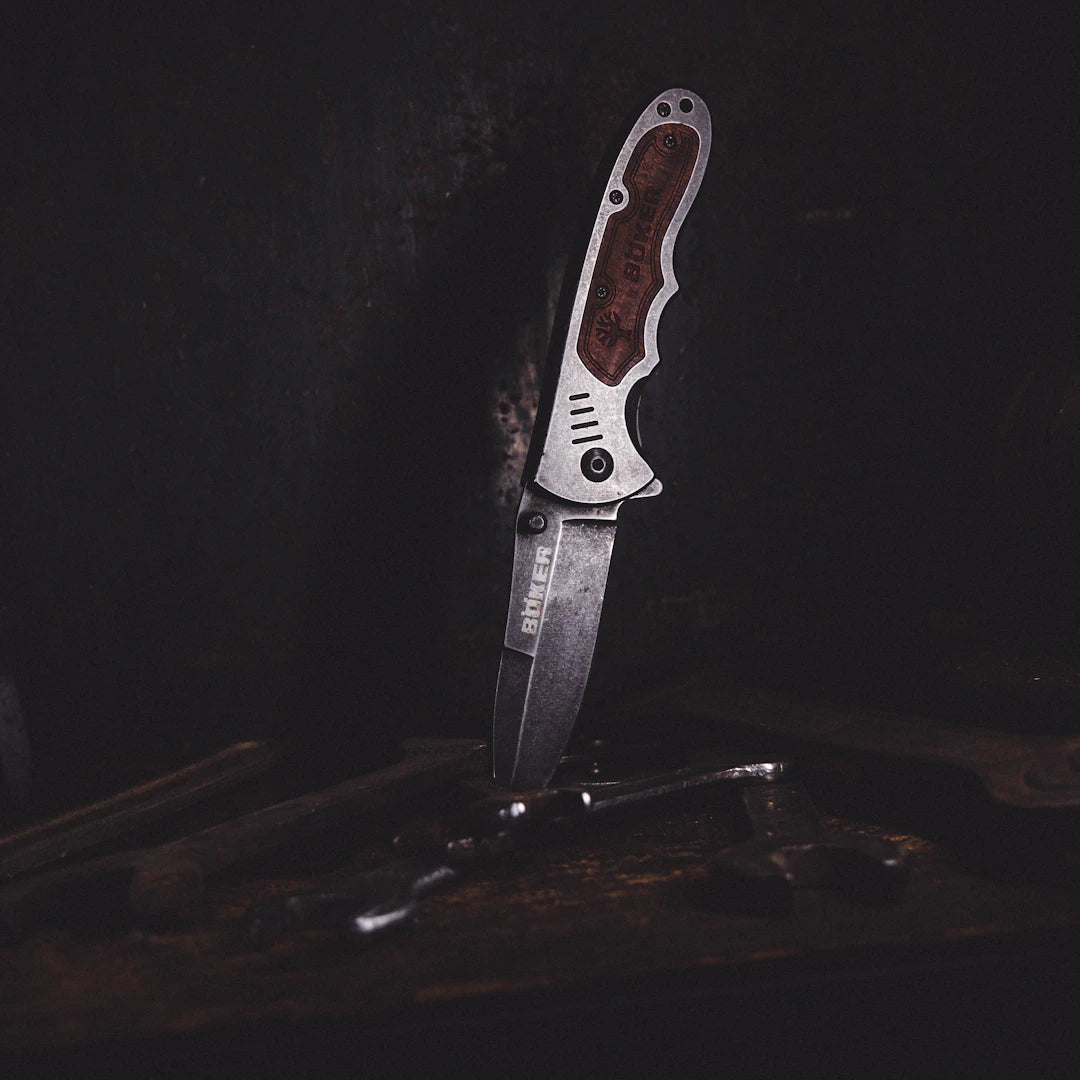



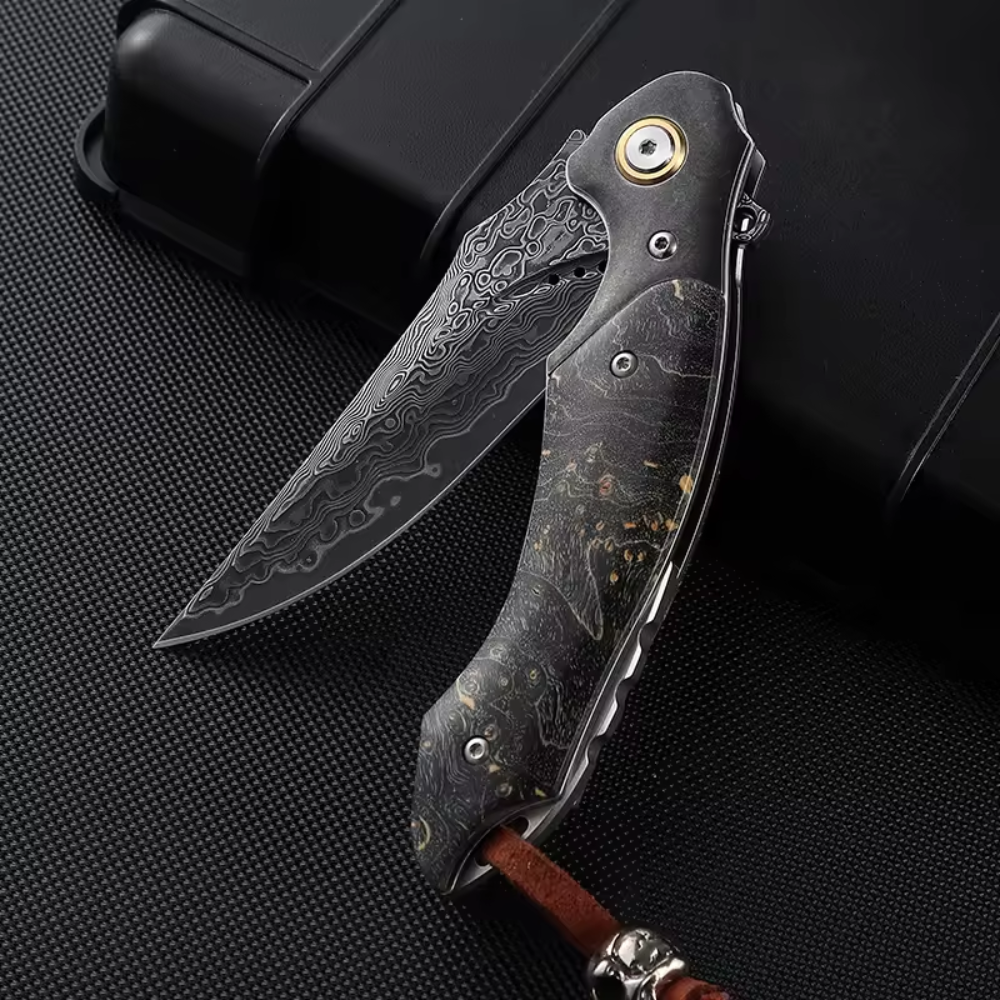
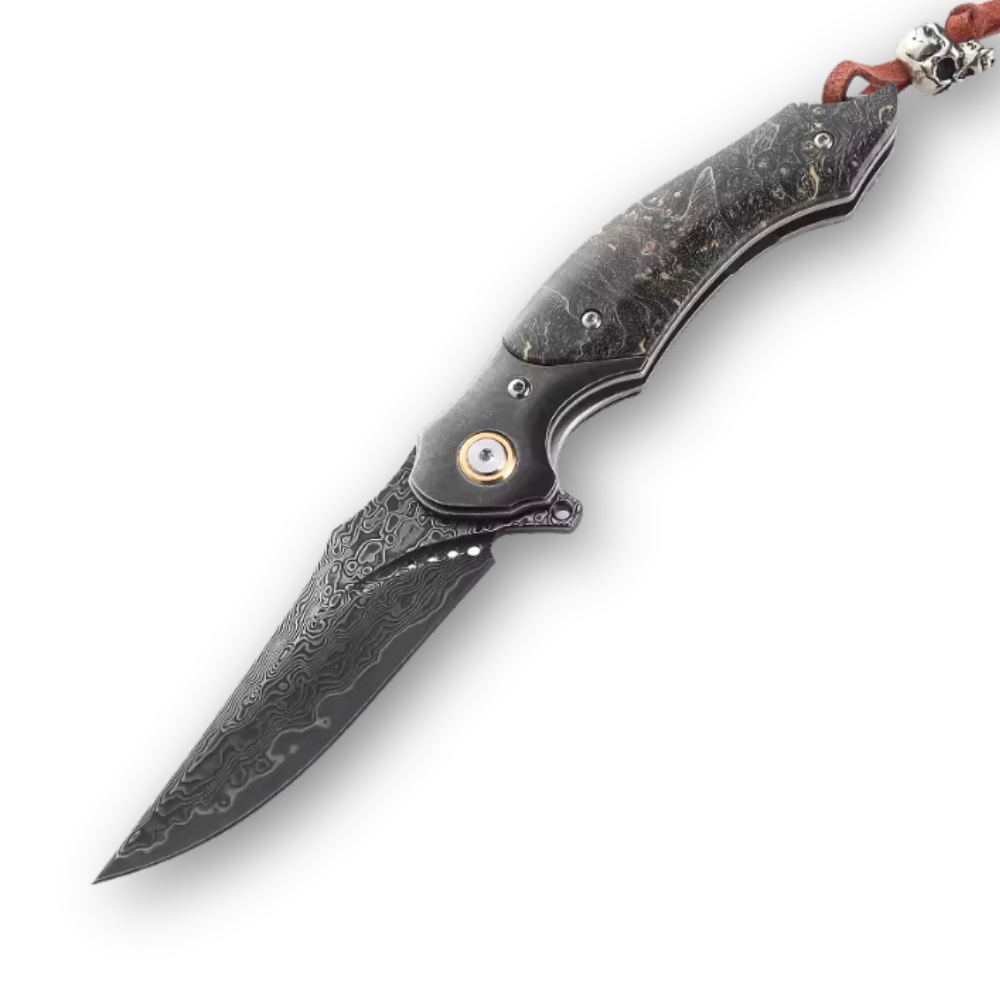
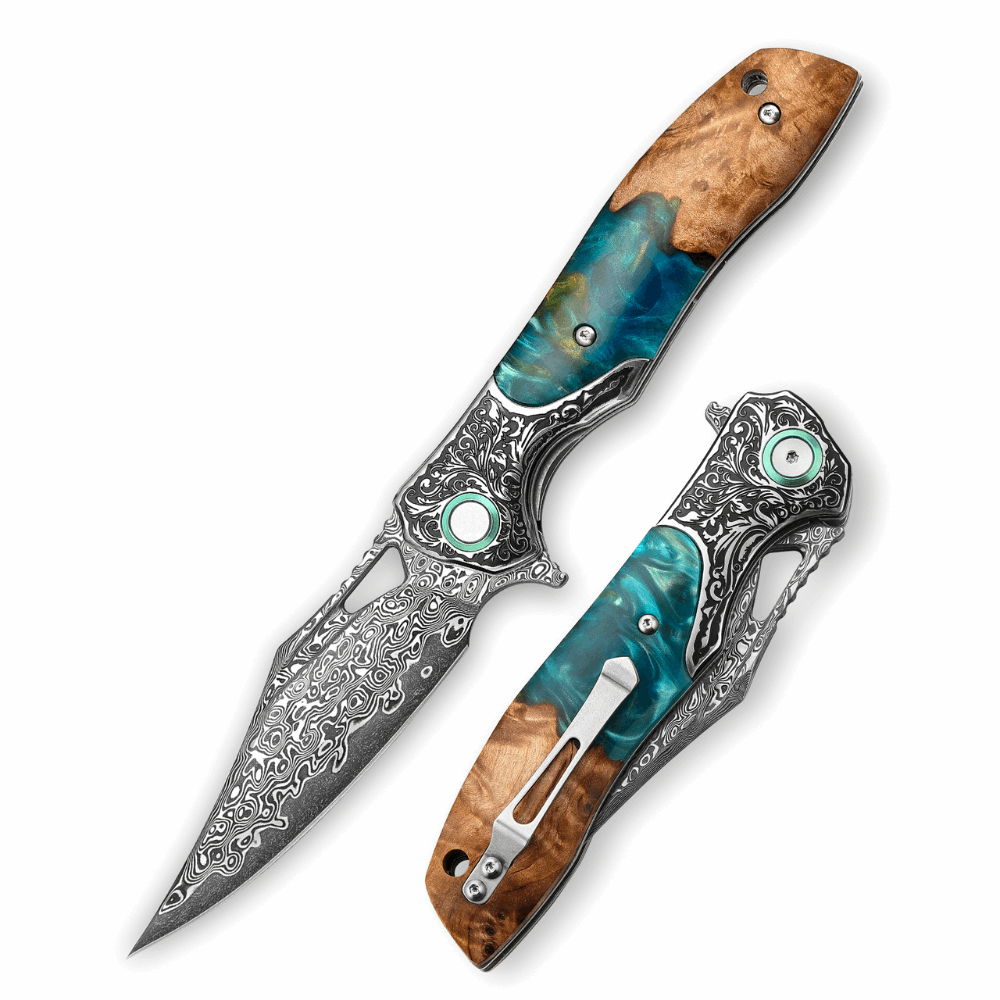
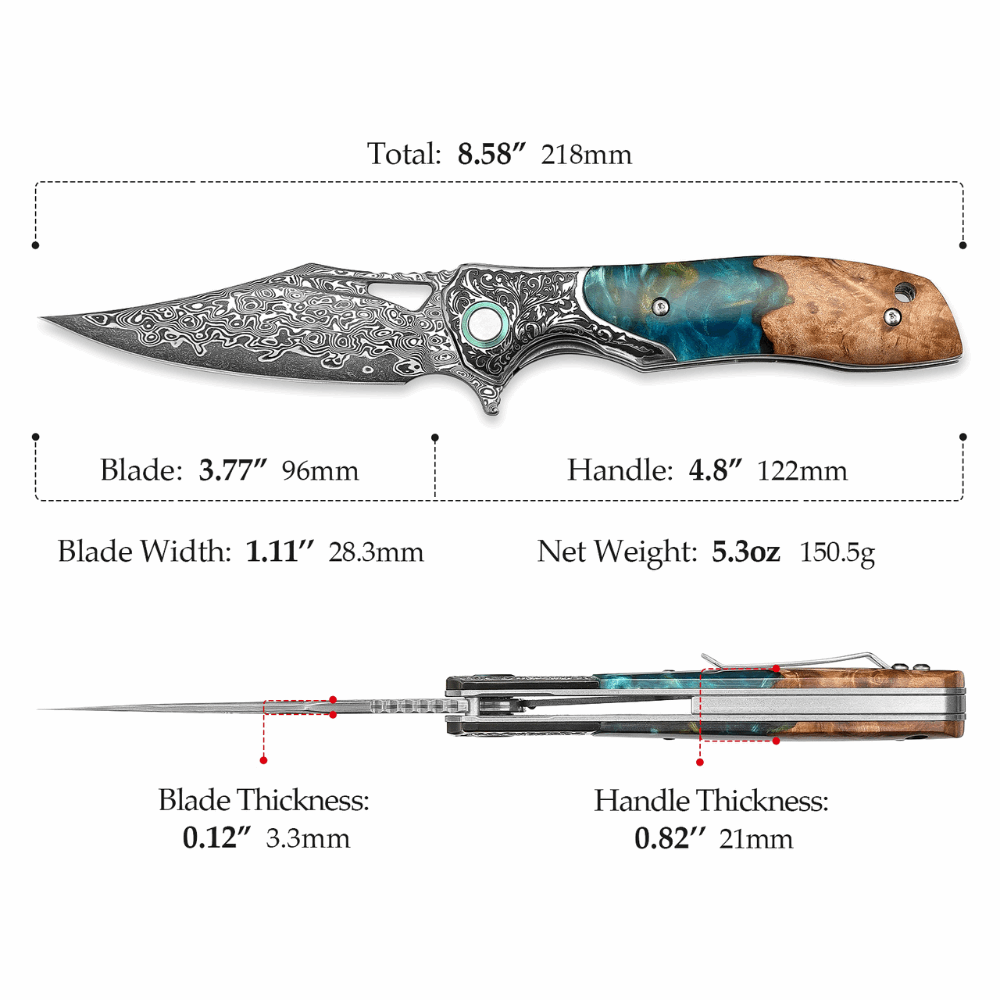
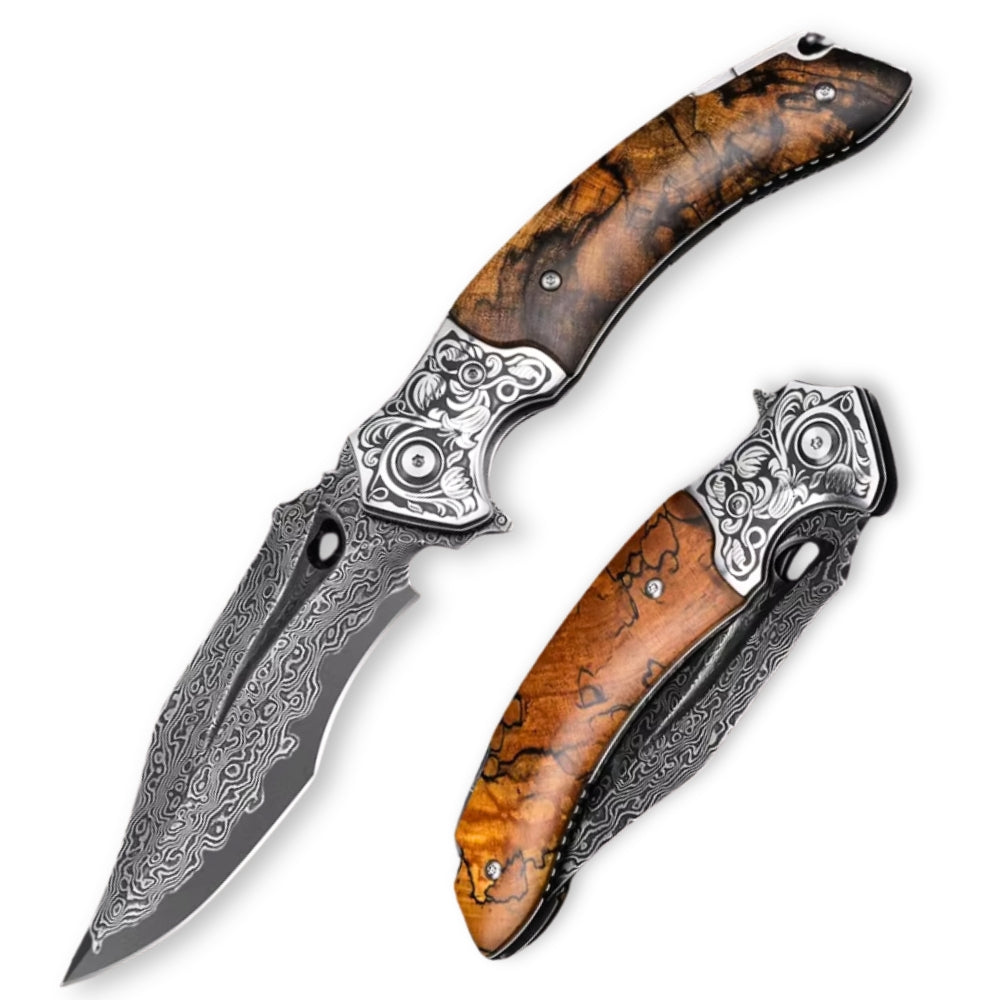
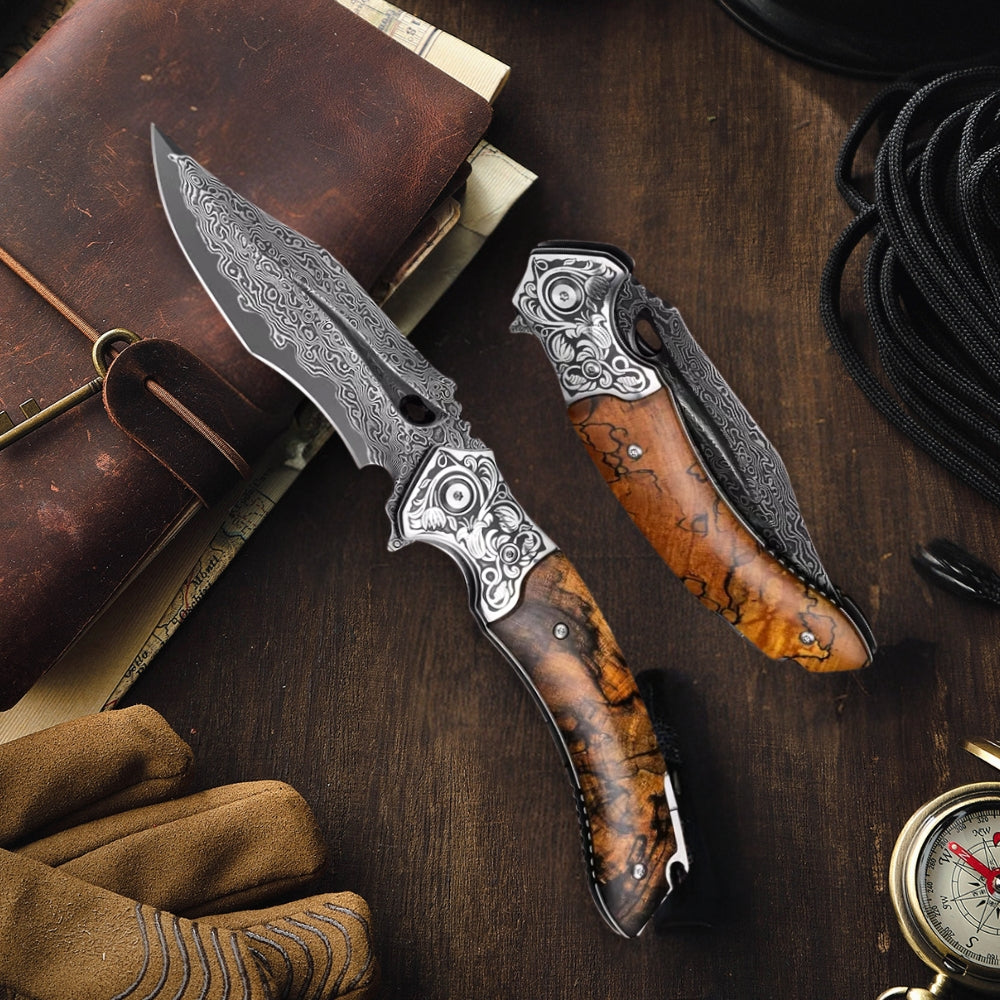
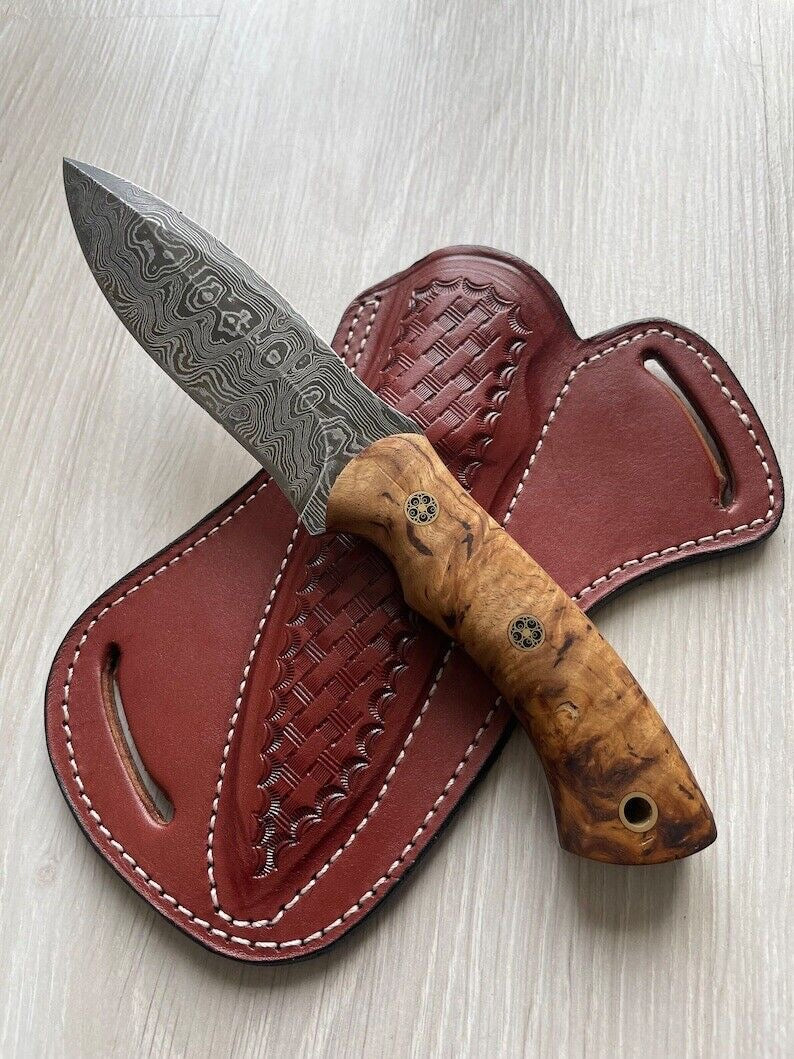
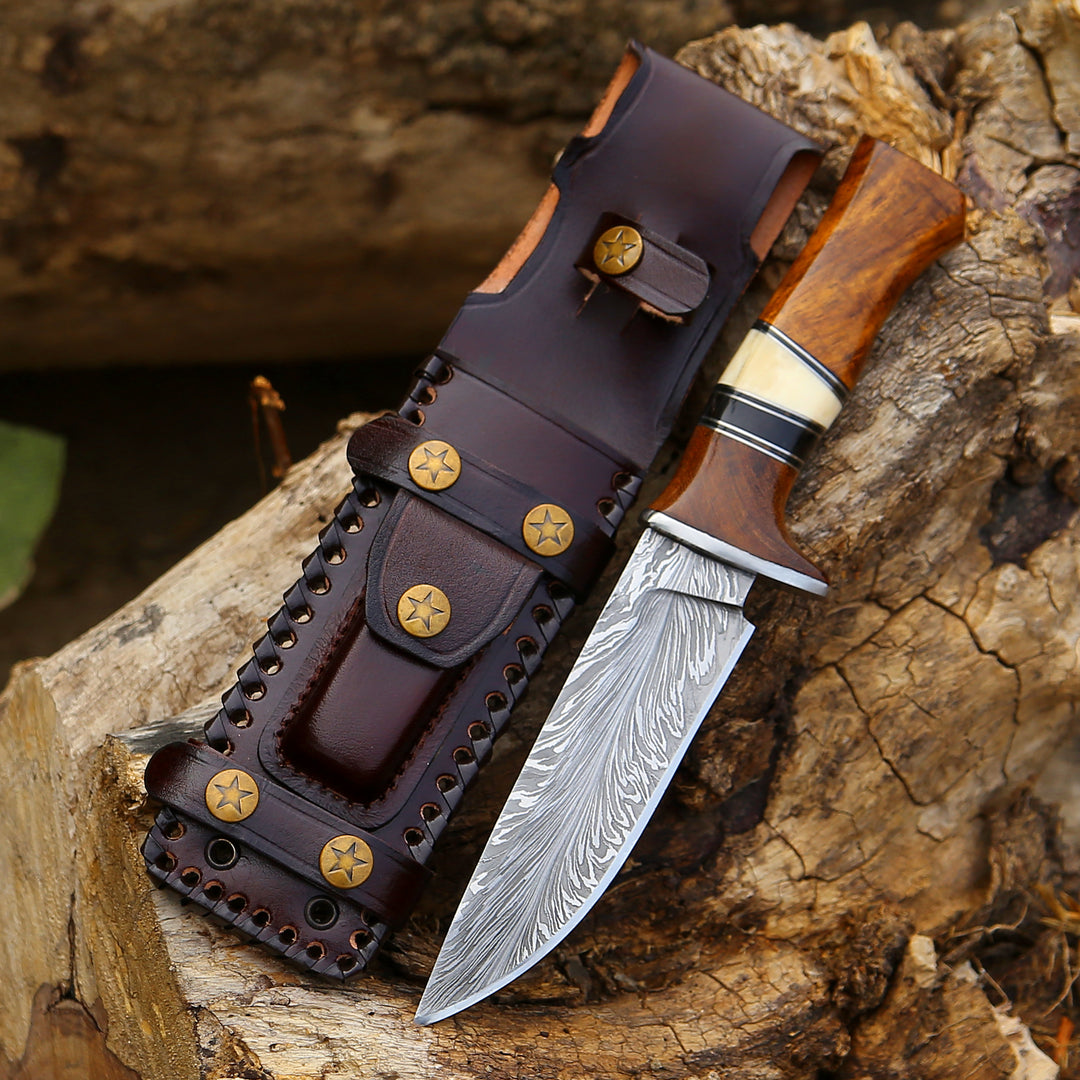
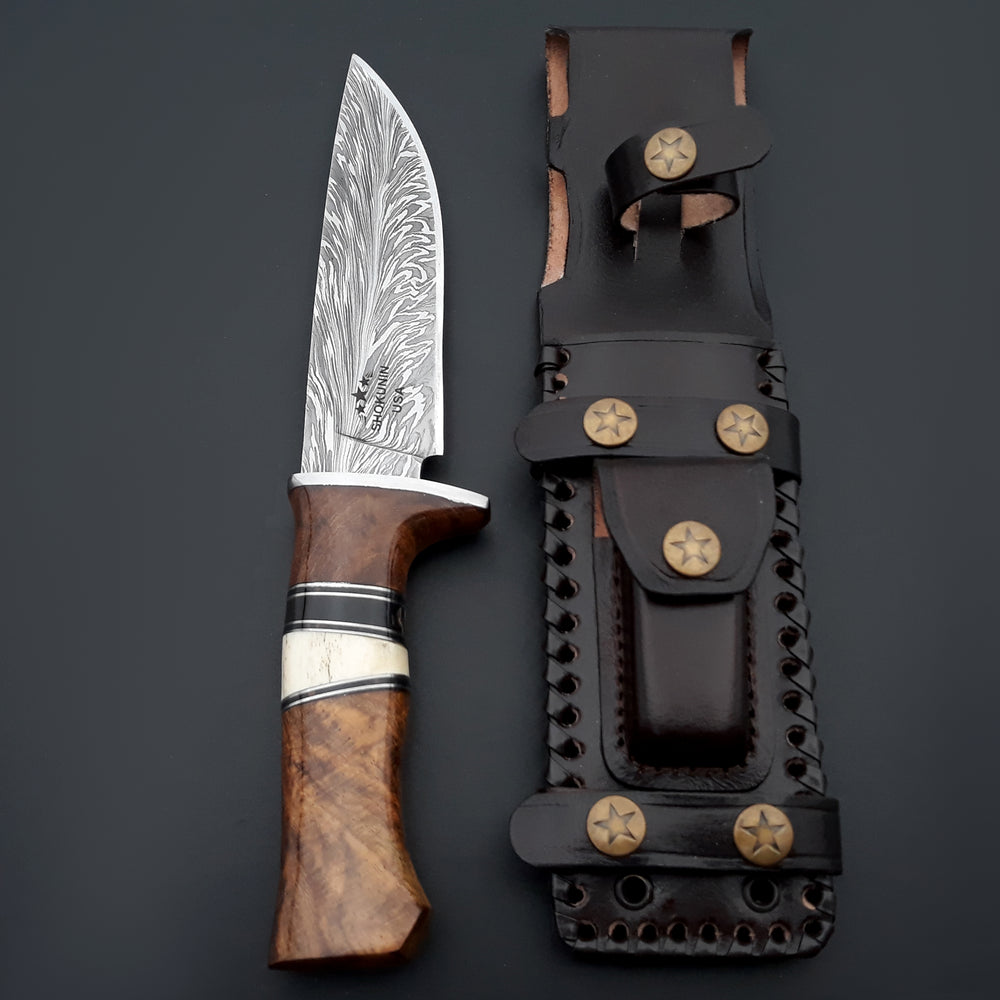
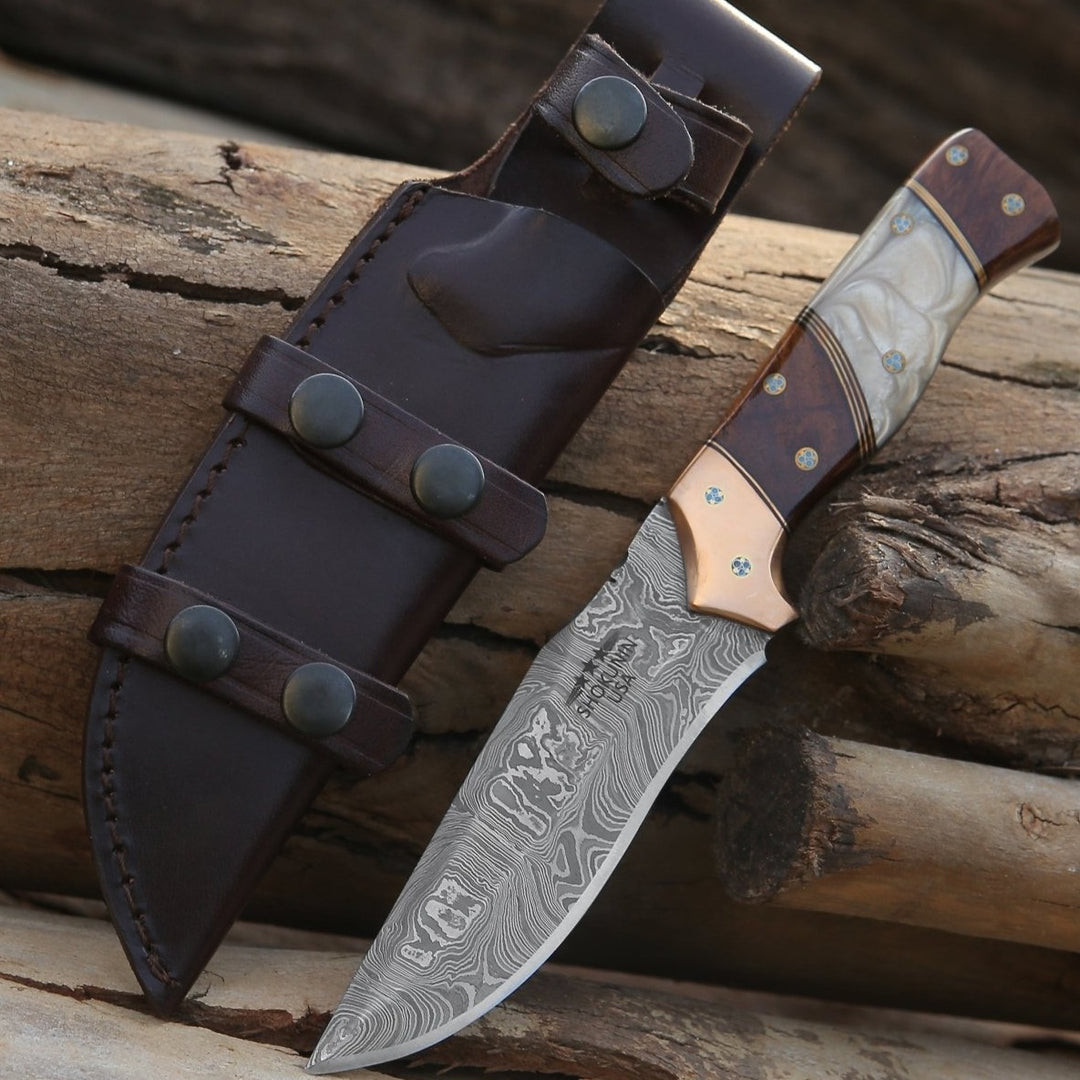
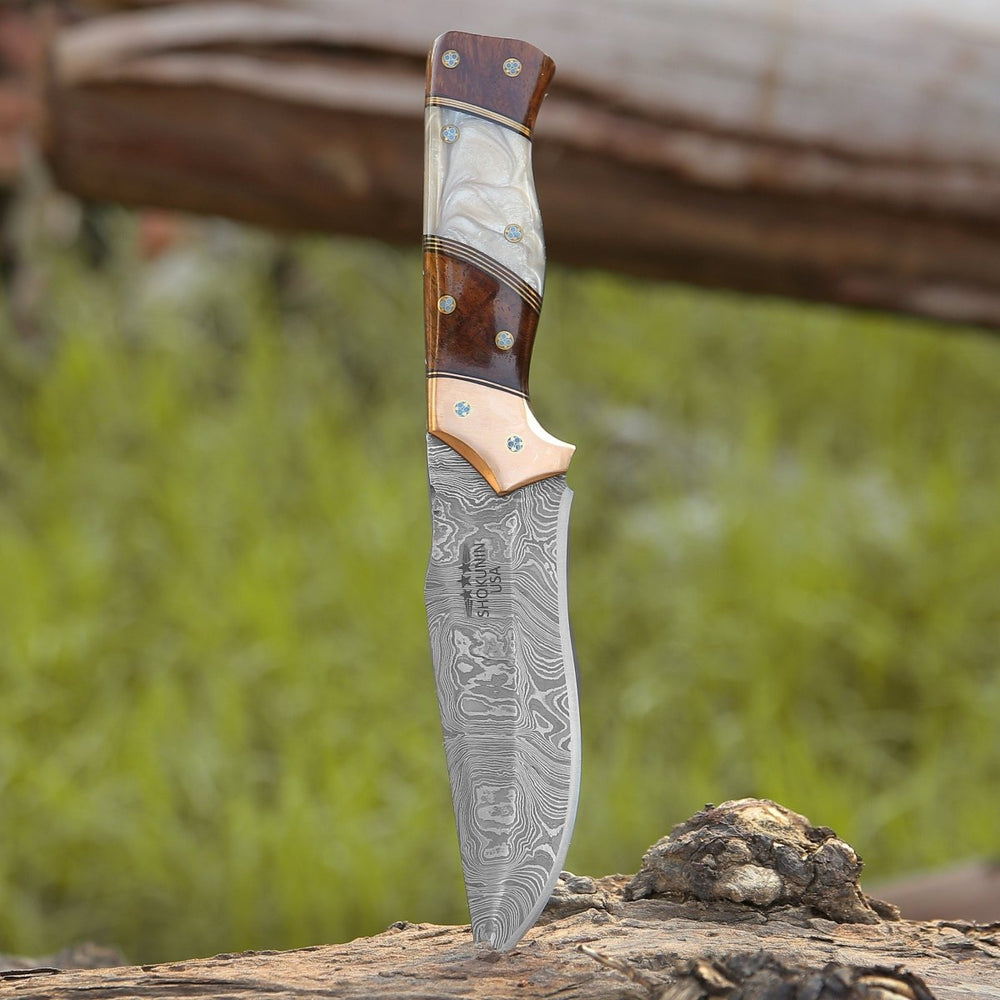
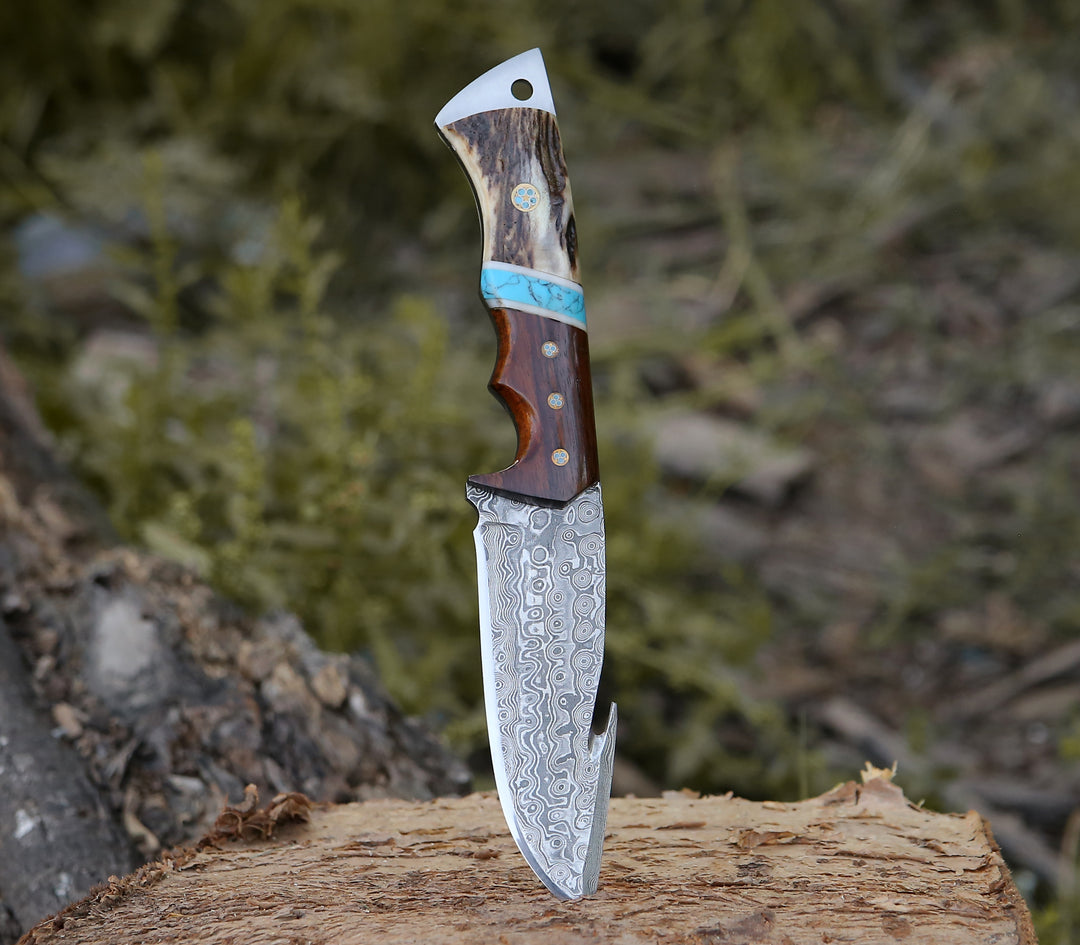
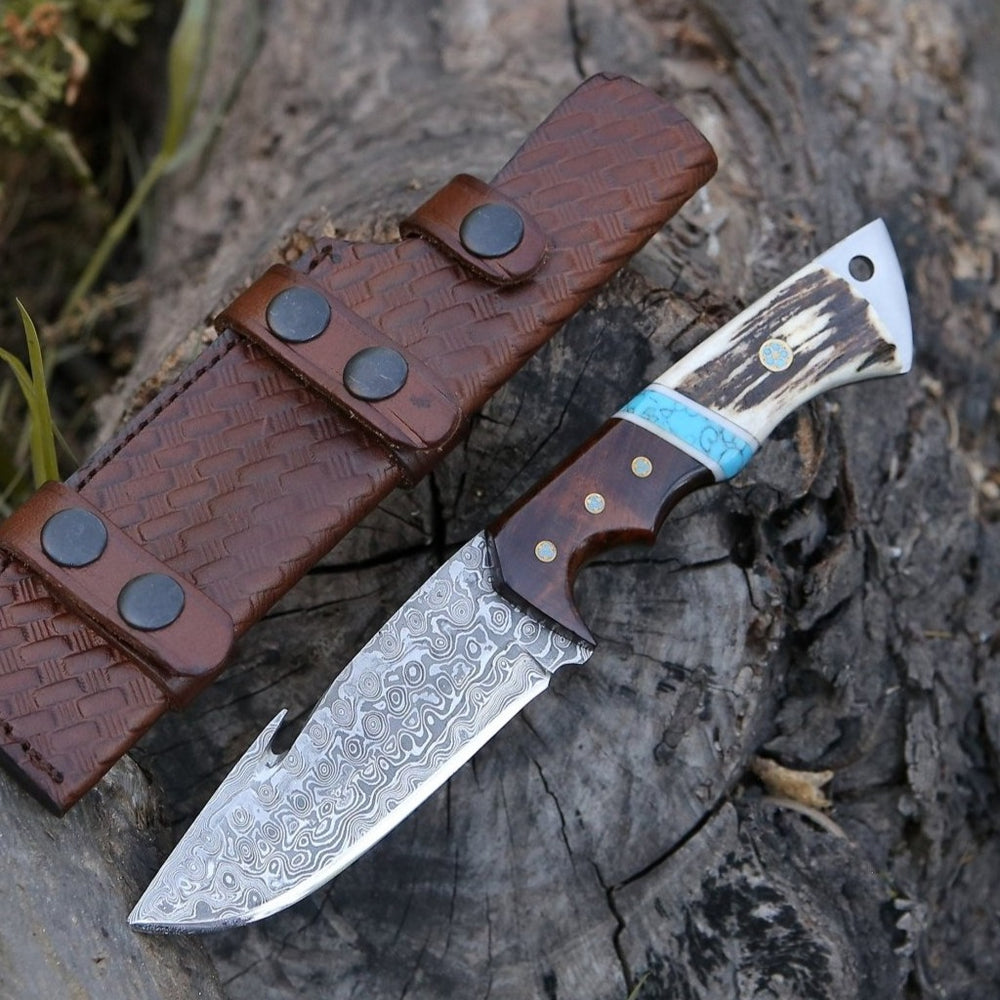
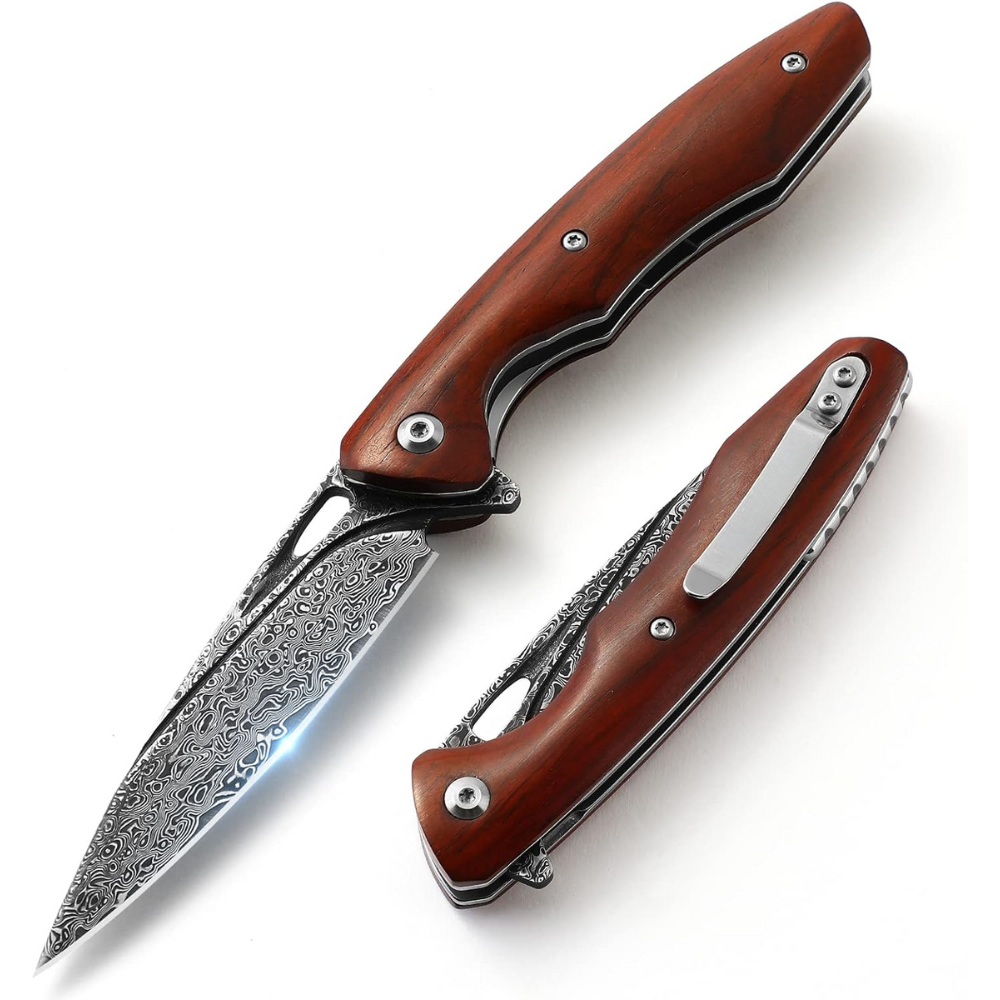
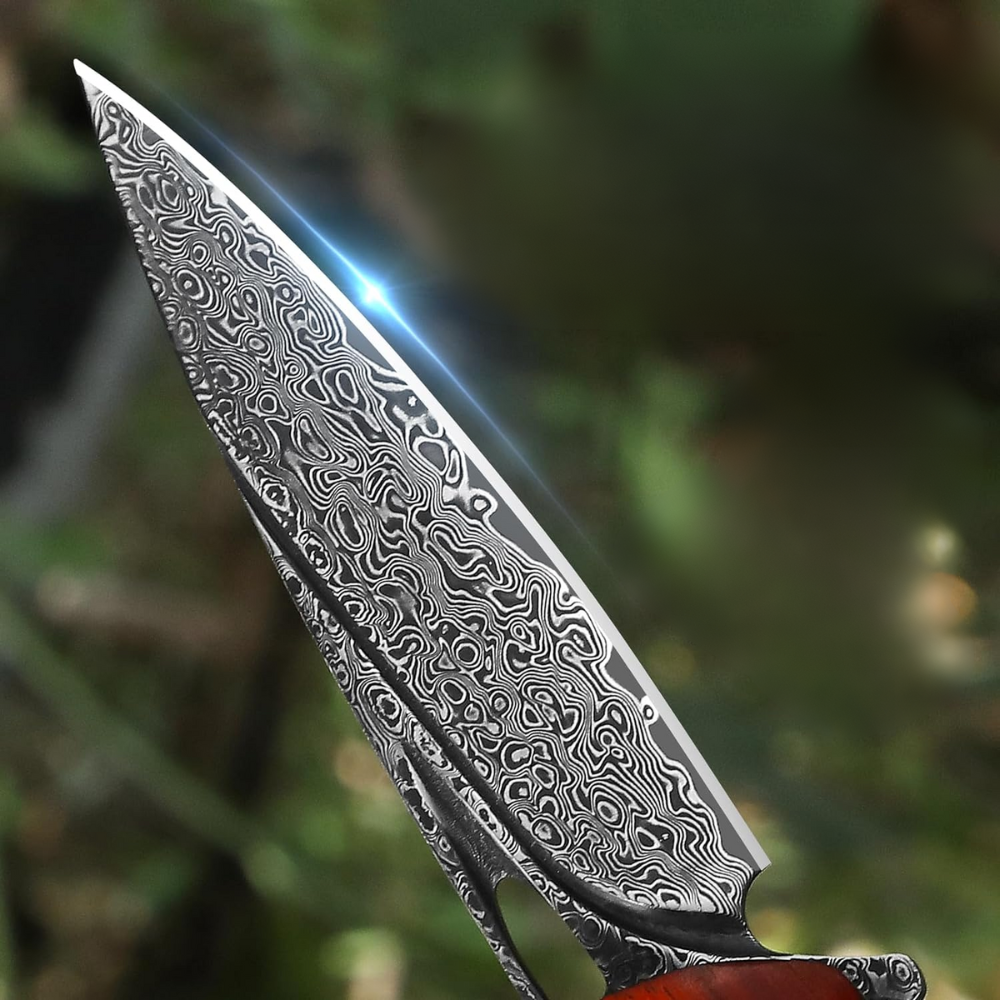
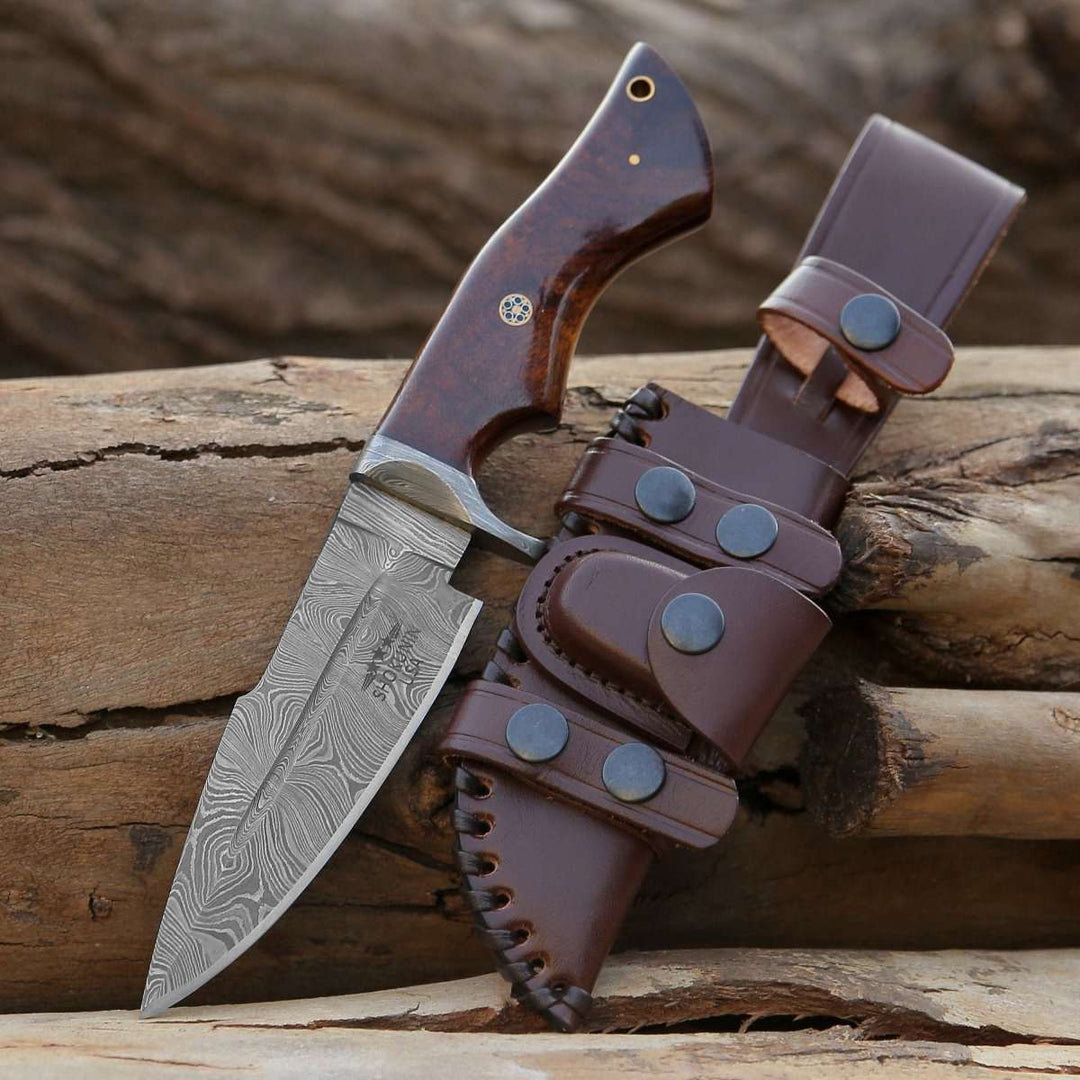
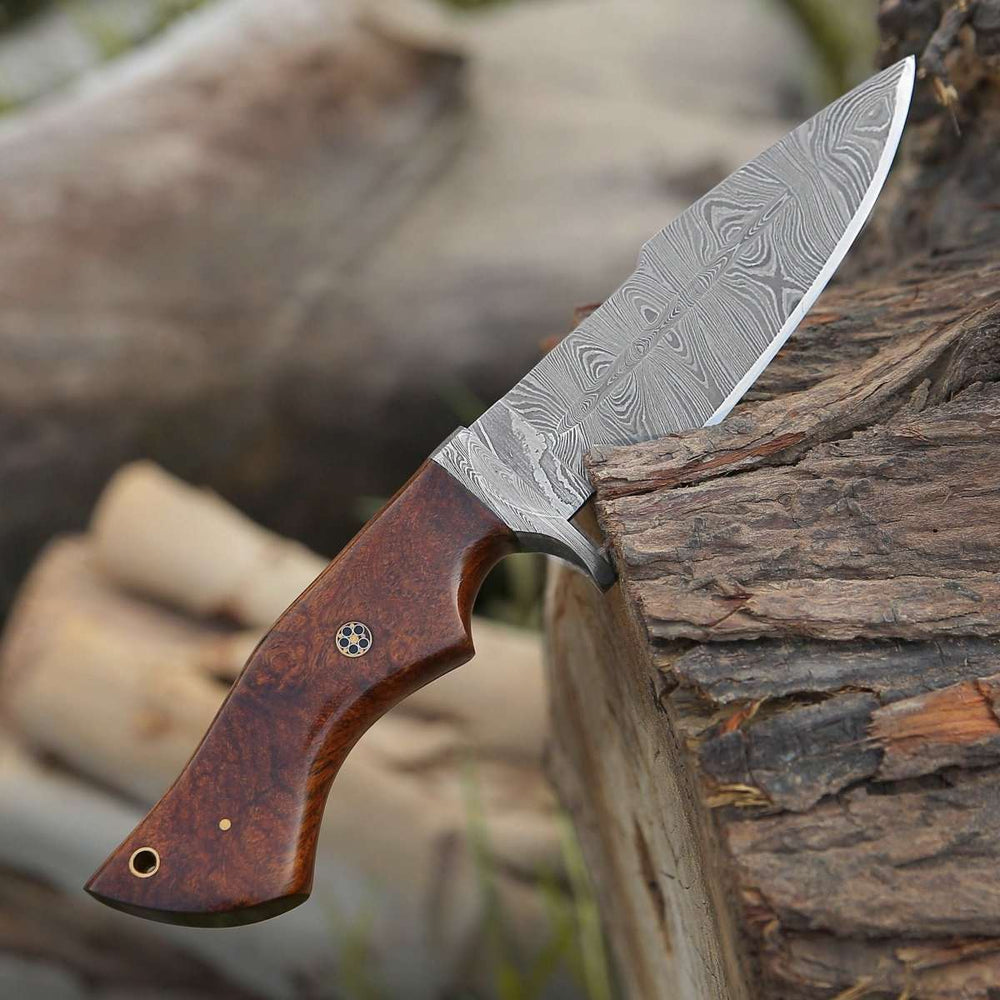
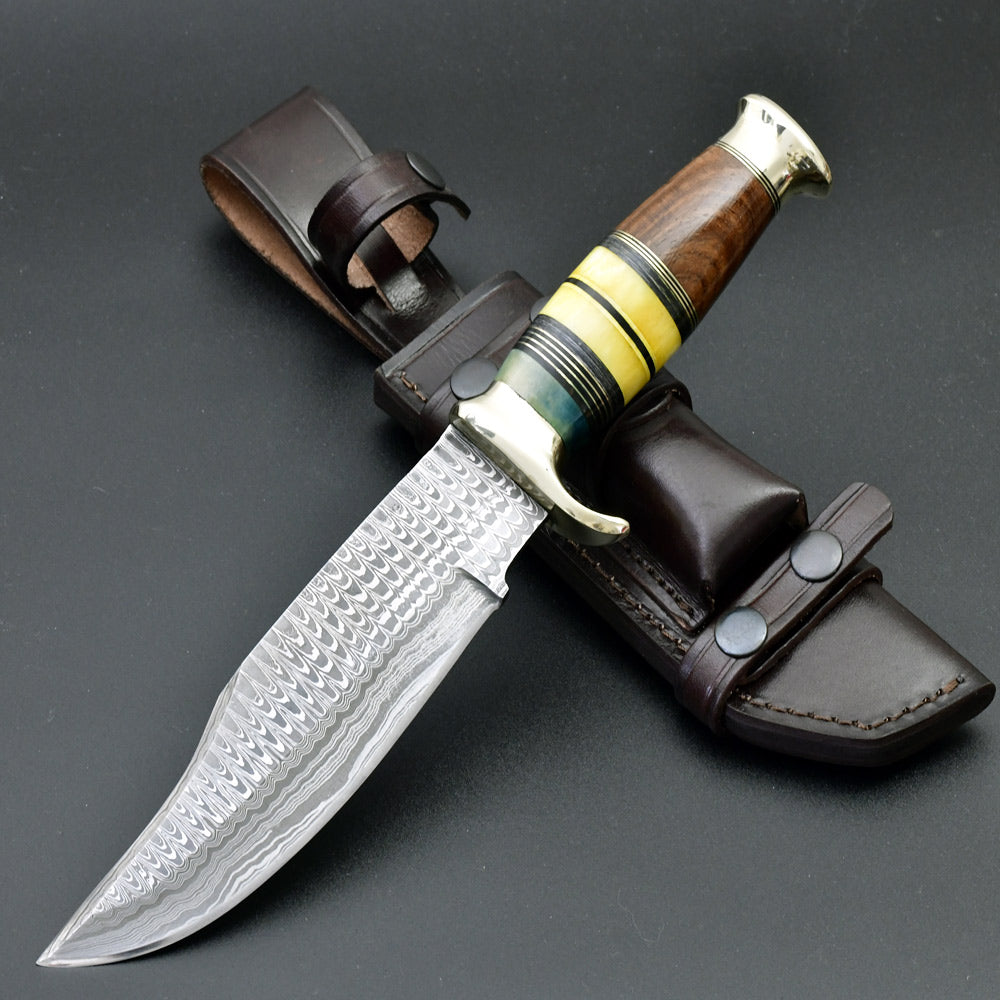
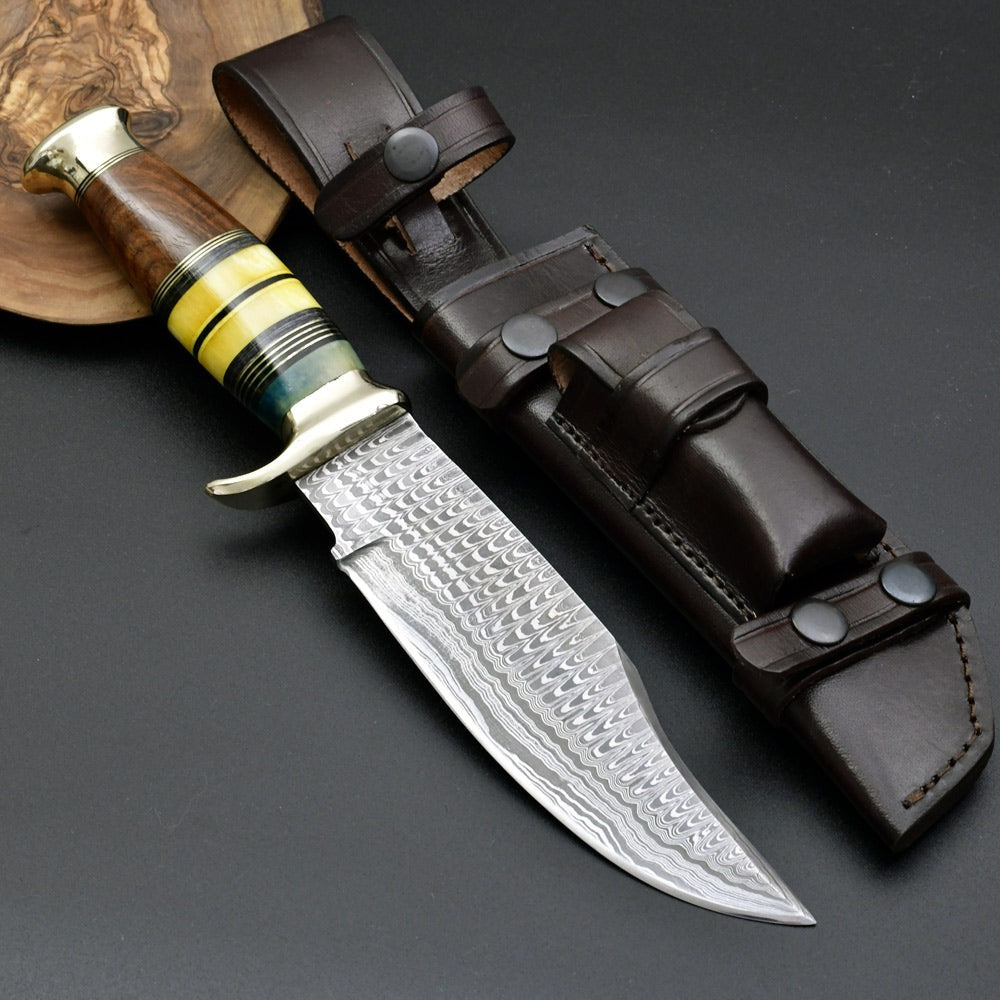
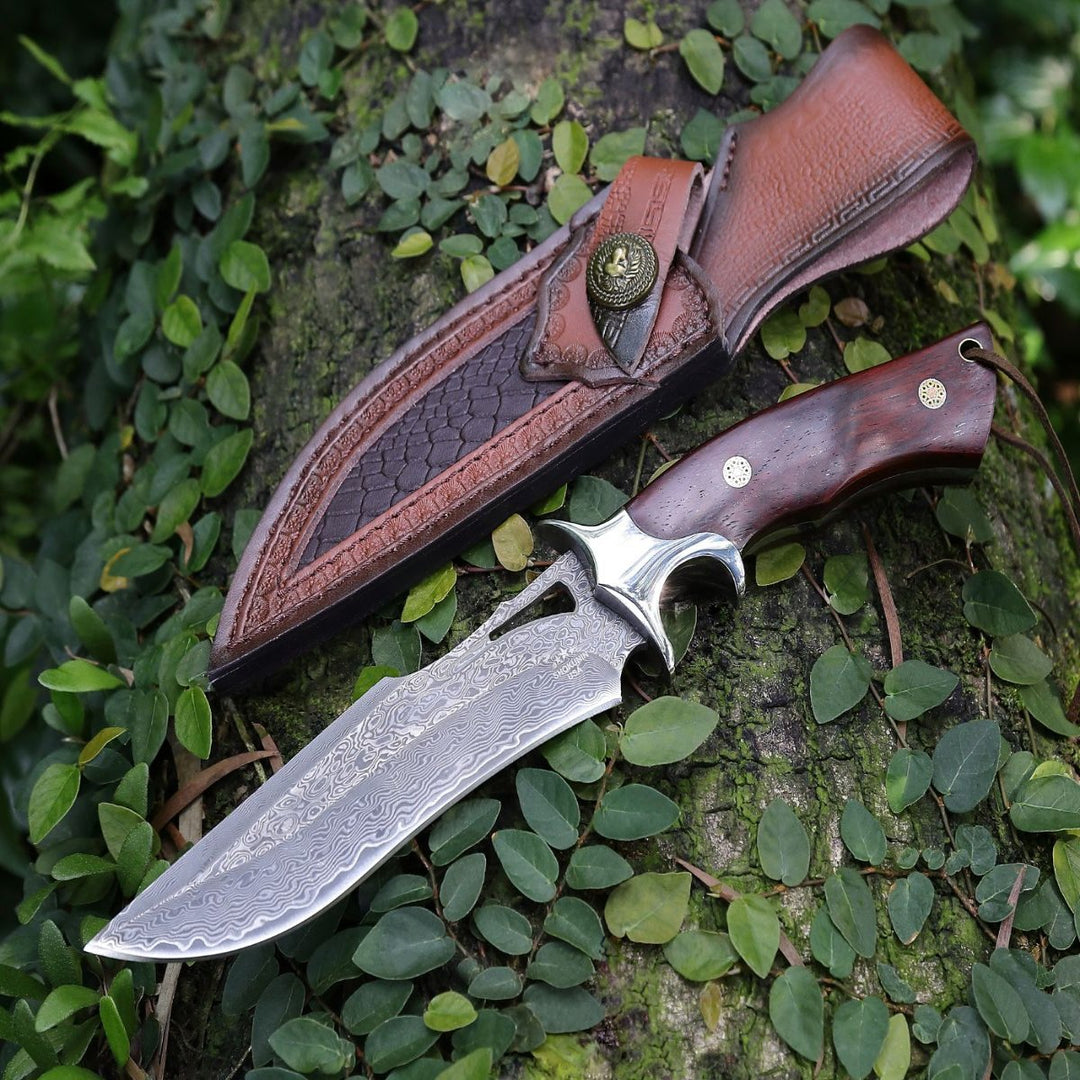
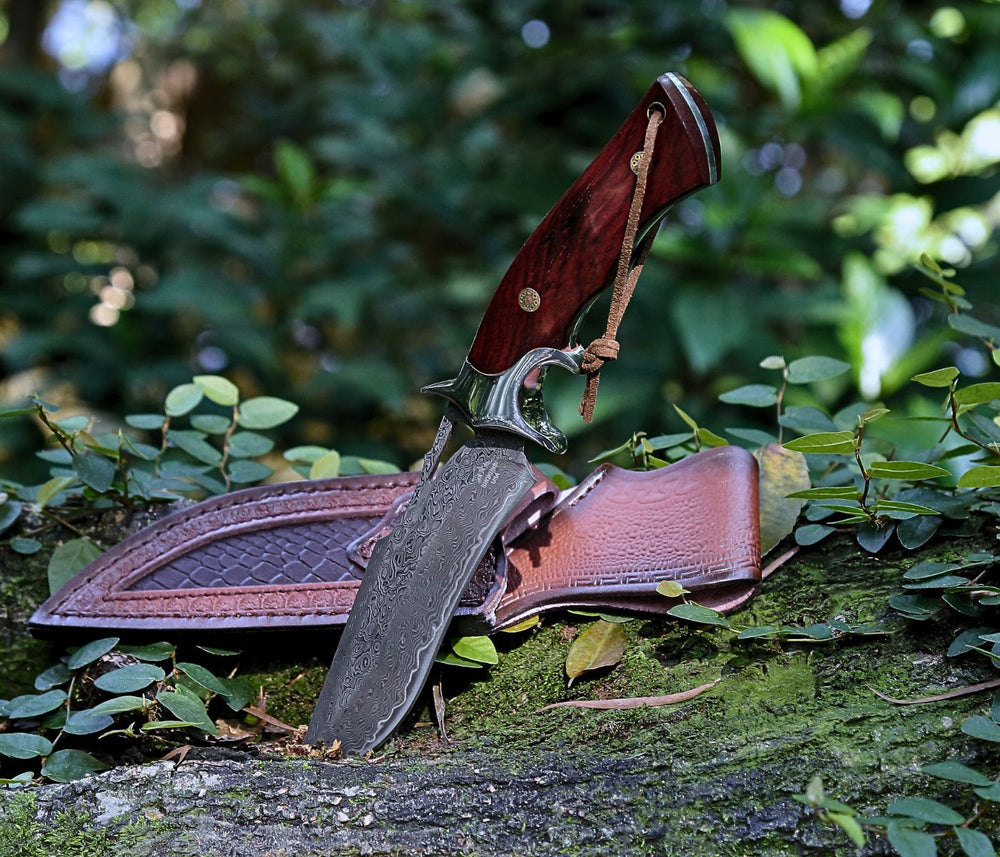
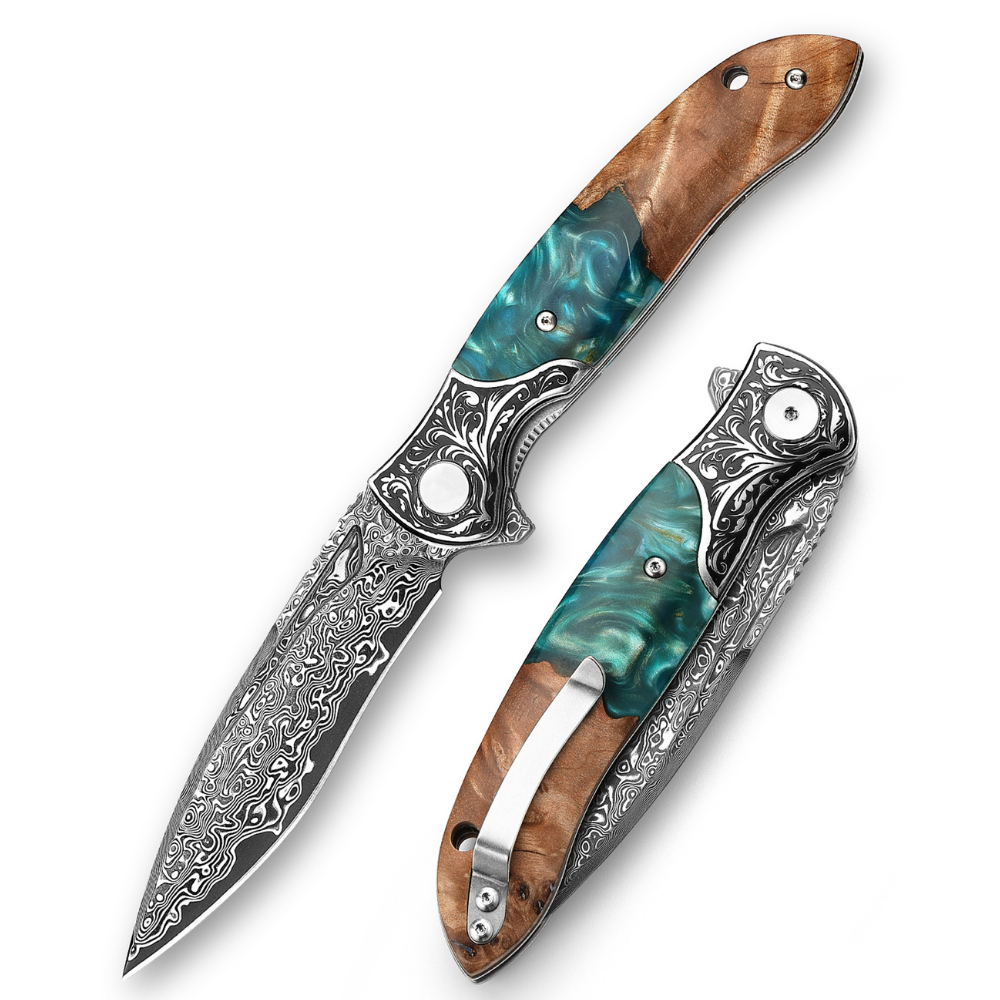
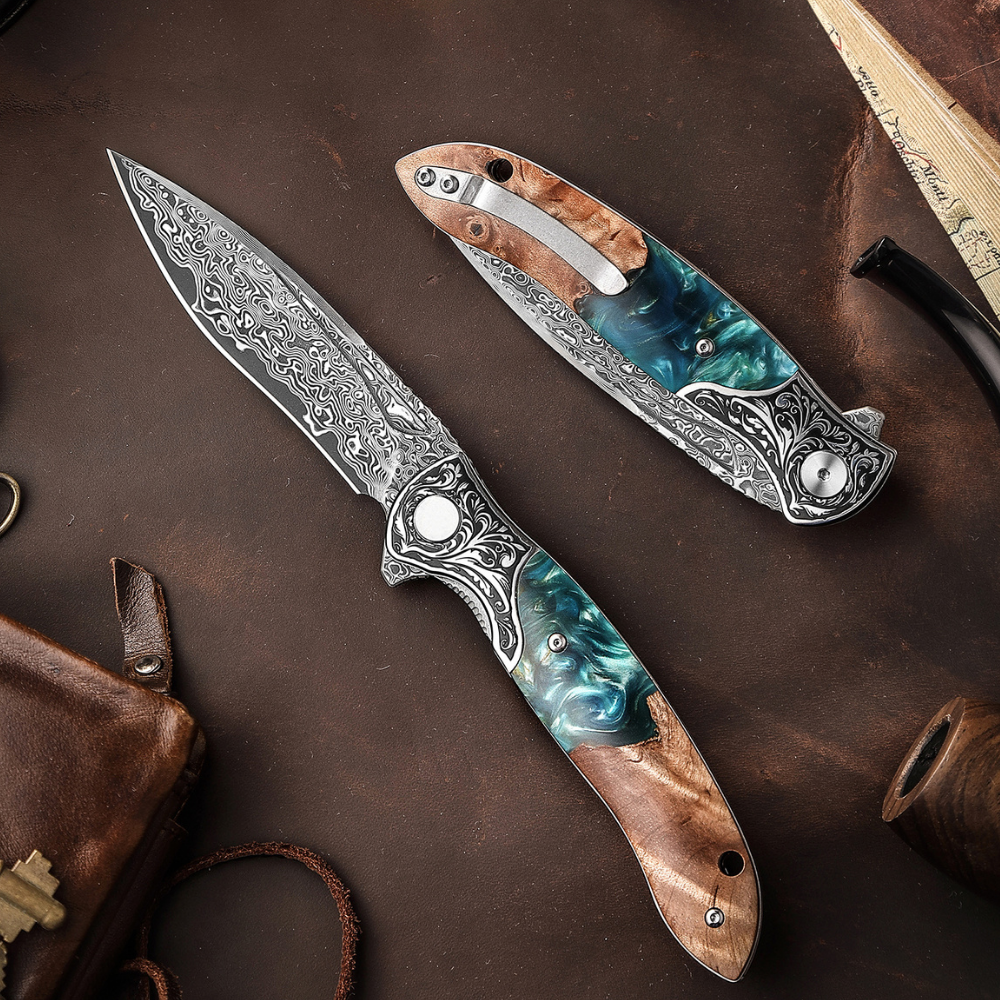
Leave a comment